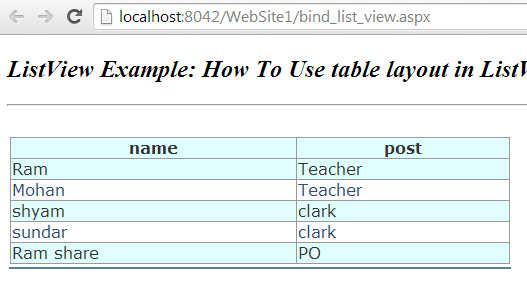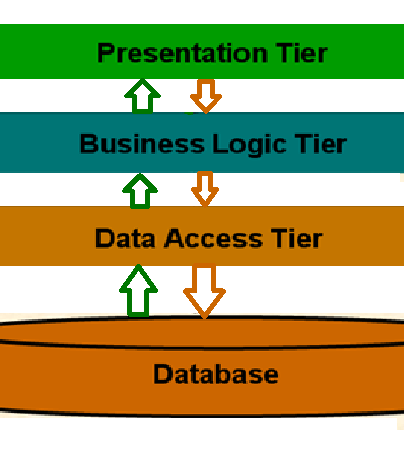ASSE MBLY IN .NET
ASSE MBLY IN .NET:
An Assembly is a versionable unit of deployment of the .NET framework. Assemblies are the means of packaging and deploying applications and components in .NET.Assemblies can be made up of either single or multiple files. An assembly contains metadata information, which is used by the CLR for everything from type checking and security to actually invoking the components methods.
Assembly performs the following functions:
1. Assembly contains code that at run-time executes. MSIL code in a portable executable (PE) file will not be executed if it does not have an associated assembly manifest. Note that each assembly can have only one entry point.
2. Assembly forms a security boundary. An assembly contains several important pieces of information that can be used to decide what level of access to grant the component. An assembly is to .NET security what a protection domain is to Java security.
3. Assembly forms a type boundary. Every type's identity includes the name of the assembly in which it resides. A type MyTypeAssembly loaded in the scope of one assembly is not the same as a type MyTypeAssembly loaded in the scope of another assembly.
4. When you create a .NET application, you are actually creating an assembly, which contains a manifest that describes the assembly. This manifest data contains the assembly name, its versioning information, any assemblies referenced by this assembly and their versions, a listing of types in the assembly, security permissions, its product information (company, trademark, and so on), and any custom attribute.
5. Assembly forms a version boundary. The assembly is the smallest versionable unit in the CLR; all types and resources in the same assembly are versioned as a unit. The assembly's manifest describes the version dependencies you specify for any dependent assemblies.


Comments
Post a Comment